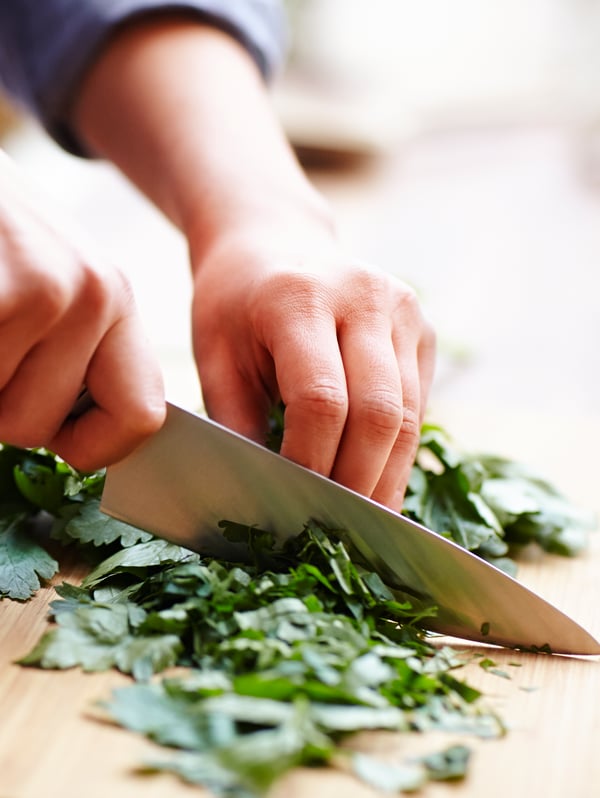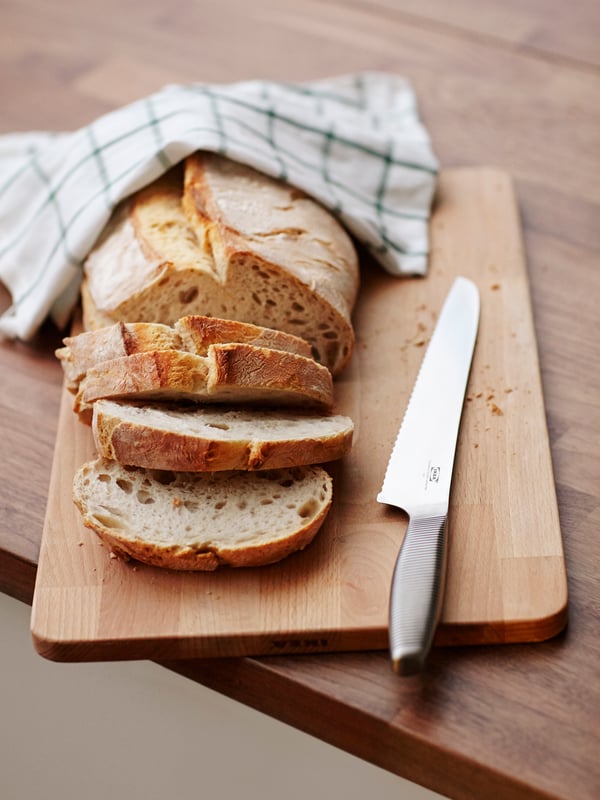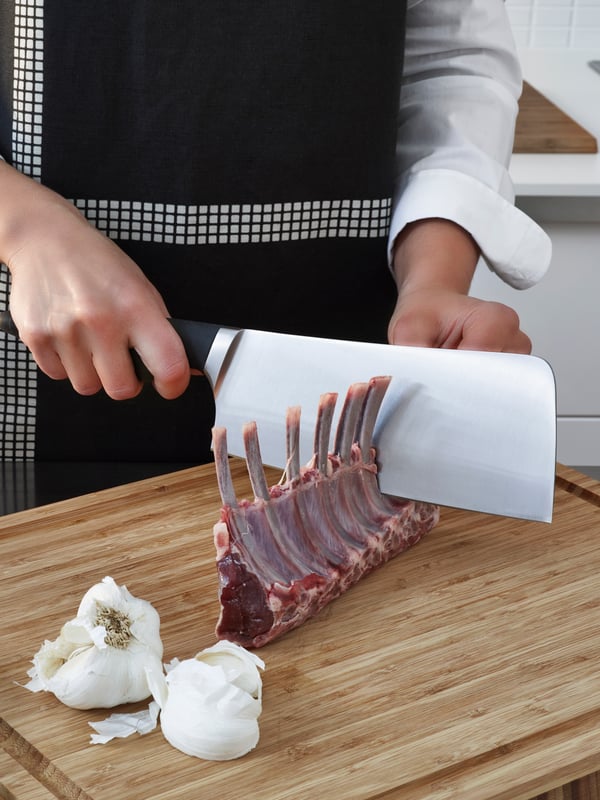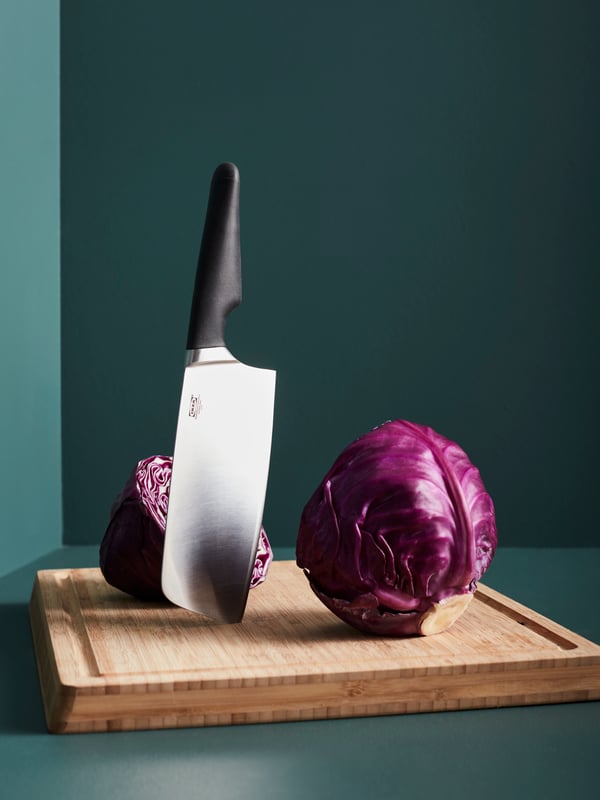Knife guide – choose the right knife for your kitchen tasks
Whether you’re a home cook or a professional chef, your knives are possibly the most used (and important!) tools in your kitchen. In this guide we’ll cover the many different types of knives available and what they are used for, so you can find the knives that fit your needs.




















